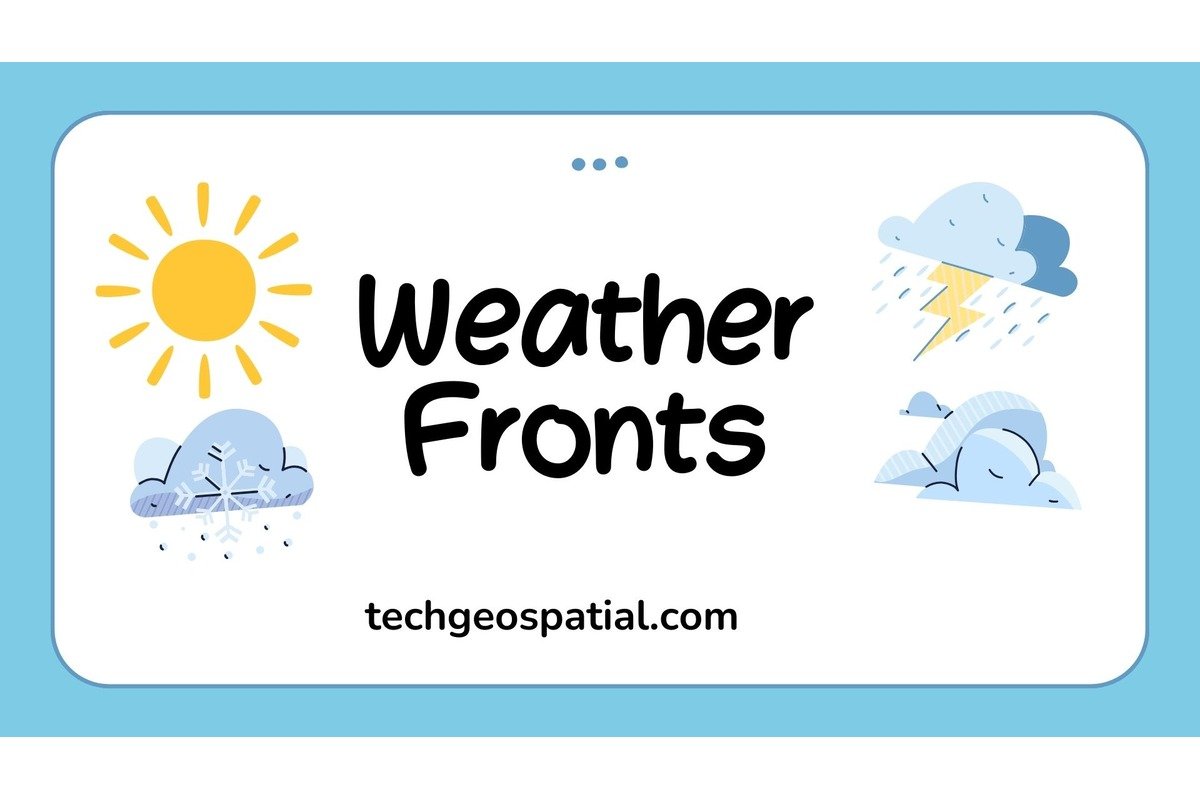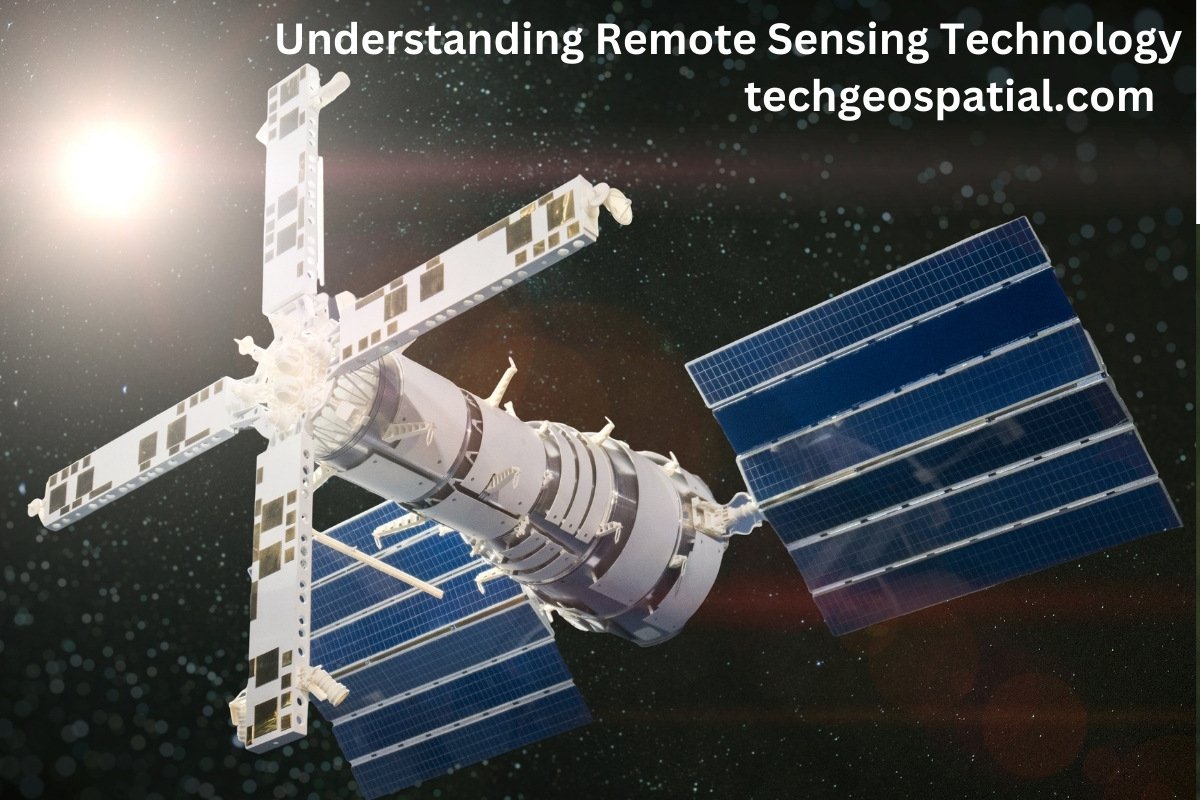Exploring Weather Fronts: Understanding Their Types and Significance
In the realm of meteorology, weather fronts play a crucial role in shaping atmospheric conditions and influencing local weather patterns. From the gradual warmth of a warm front to the sudden chill of a cold front, understanding the various types of fronts is essential for meteorologists and weather enthusiasts alike. In this article, we’ll delve into the different types of fronts, including warm fronts, cold fronts, stationary fronts, occluded fronts, and the importance of frontal zones.
The Fronts: An Introduction

Weather fronts represent the boundaries between two air masses with contrasting characteristics, such as temperature, humidity, and density. These boundaries serve as zones of interaction, where atmospheric disturbances and weather phenomena occur. Fronts can extend horizontally across vast distances and vertically through the atmosphere, influencing weather conditions from the surface to the upper levels.
Different Types of Weather Fronts
Weather fronts are dynamic boundaries between air masses with different temperature, humidity, and density characteristics. These fronts play a significant role in shaping weather patterns and can lead to various atmospheric phenomena. Let’s delve into the different types of weather fronts and their characteristics:
1.Warm Fronts
Warm fronts occur when a warm air mass advances and overtakes a retreating cold air mass. As the warm air rises over the denser cold air, it cools and condenses, leading to the formation of clouds and precipitation. Warm fronts are often associated with steady, prolonged periods of precipitation, such as rain or drizzle, and are characterized by gradually rising temperatures and increasing humidity.
2.Cold Fronts
Conversely, cold fronts occur when a cold air mass advances and displaces a warmer air mass. As the dense, cold air undercuts the warm air, it forces the warm air to rise rapidly, leading to the formation of cumulonimbus clouds and intense, localized precipitation. Cold fronts are often accompanied by thunderstorms, strong winds, and a rapid drop in temperature following their passage.
3. Stationary Fronts
Stationary fronts occur when two air masses meet but neither advances significantly, resulting in a stalled boundary between them. As a result, weather conditions along a stationary front may persist for an extended period, leading to prolonged periods of cloudiness and precipitation. Stationary fronts can bring a mix of weather conditions, depending on the direction of movement of the air masses involved.
4. Occluded Fronts
Occluded fronts occur when a fast-moving cold front overtakes a slower-moving warm front, lifting the warm air mass above the Earth’s surface. This creates a complex frontal structure characterized by a mixture of warm and cold air aloft. Occluded fronts are often associated with widespread cloud cover, precipitation, and cooler temperatures, as the occlusion process disrupts the equilibrium between the contrasting air masses.
Drylines
Drylines are boundaries between moist air and dry air, typically found in regions with continental climates. These fronts can trigger the development of severe thunderstorms and tornadoes, especially during the spring and summer months. Drylines are common in the central United States and play a significant role in severe weather outbreaks.
Importance of Frontal Zones in Meteorology
Frontal zones are critical areas in meteorology where different types of air masses converge, leading to dynamic weather patterns and significant atmospheric phenomena. These zones play a crucial role in shaping weather conditions, influencing everything from temperature and precipitation to the development of severe storms. In this article, we’ll explore the importance of frontal zones and their impact on weather forecasting and understanding atmospheric dynamics.
1. Weather Development
Frontal zones serve as the battlegrounds where contrasting air masses meet and interact. When warm, moist air encounters cooler, denser air along a frontal boundary, it rises, cools, and condenses, leading to the formation of clouds and precipitation. This process is essential for the development of various weather phenomena, including rain, snow, thunderstorms, and cyclones.
2. Precipitation Patterns
Frontal zones are associated with distinct precipitation patterns, depending on the type of front and the characteristics of the air masses involved. Warm fronts often produce steady, prolonged periods of rain or drizzle, while cold fronts are more likely to trigger intense, convective precipitation in the form of thunderstorms or squall lines. Understanding these precipitation patterns is crucial for forecasting and mitigating the impacts of severe weather events.
3. Temperature Contrasts
Frontal zones mark the boundary between air masses with contrasting temperature and humidity characteristics. As warm and cold air masses converge, temperature gradients form along the frontal boundary, leading to temperature contrasts that drive atmospheric instability and weather development. These temperature contrasts play a significant role in determining the intensity and severity of weather events associated with frontal passages.
4. Severe Weather Potential
Frontal zones are often associated with the development of severe weather, including thunderstorms, tornadoes, and hurricanes. The collision of warm, moist air with cooler, drier air along frontal boundaries creates conditions conducive to atmospheric instability and convective activity. Severe weather events can pose significant risks to life and property, making the accurate prediction and monitoring of frontal zones essential for public safety and disaster preparedness.
5. Weather Forecasting
Meteorologists rely on the analysis of frontal zones to make accurate weather forecasts and predictions. By monitoring the movement and interaction of air masses along frontal boundaries, forecasters can anticipate changes in weather conditions, including the onset of precipitation, shifts in temperature, and the likelihood of severe weather events. Understanding the behavior of frontal zones allows meteorologists to provide timely warnings and advisories to the public, helping communities prepare for adverse weather conditions.
6. Climate Dynamics
Frontal zones also play a role in shaping broader climate patterns and trends. The movement and intensity of frontal systems influence regional climate variability, affecting factors such as temperature, precipitation, and storm frequency. Changes in frontal activity can have long-term impacts on weather patterns, ecosystem dynamics, and agricultural productivity, highlighting the importance of studying frontal zones in climate research and modeling.
Conclusion
In conclusion, weather fronts play a fundamental role in shaping atmospheric dynamics and influencing local weather patterns. From the gradual advancement of warm fronts to the abrupt passage of cold fronts, the interaction between air masses along frontal boundaries drives weather variability and precipitation. By understanding the characteristics and behavior of different types of fronts, meteorologists can better predict weather patterns and provide valuable insights for public safety and resource management.





